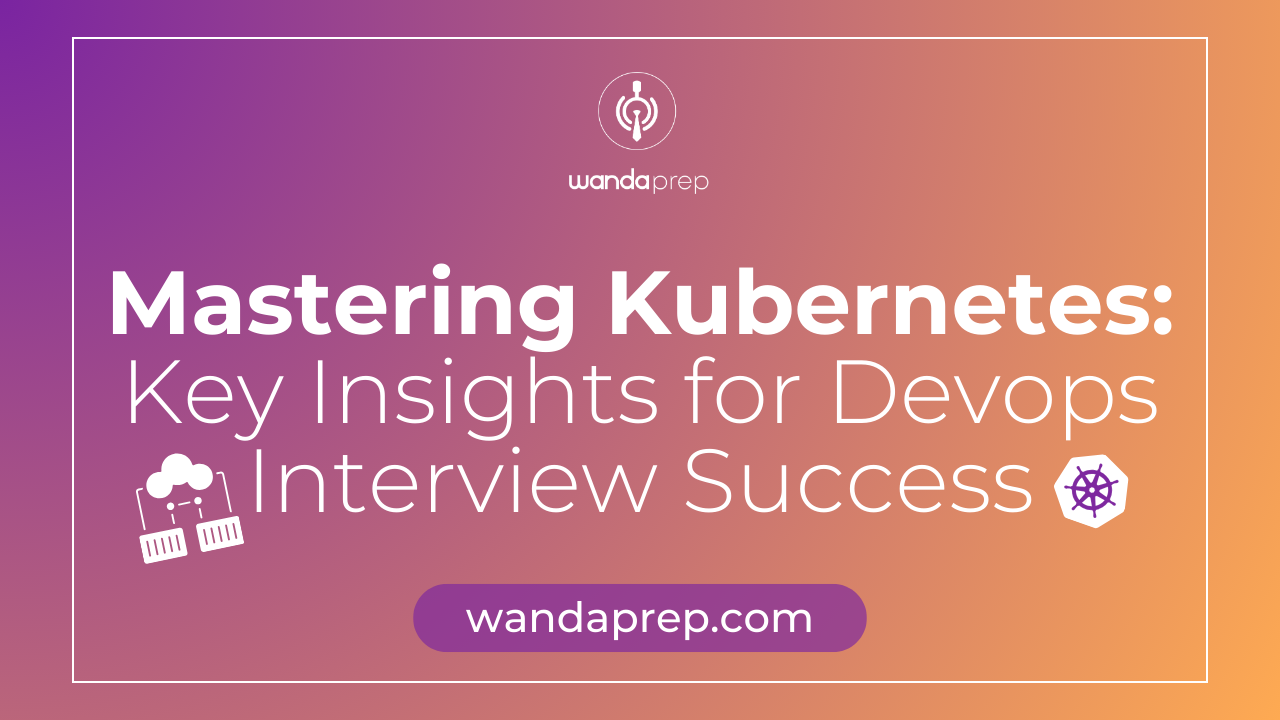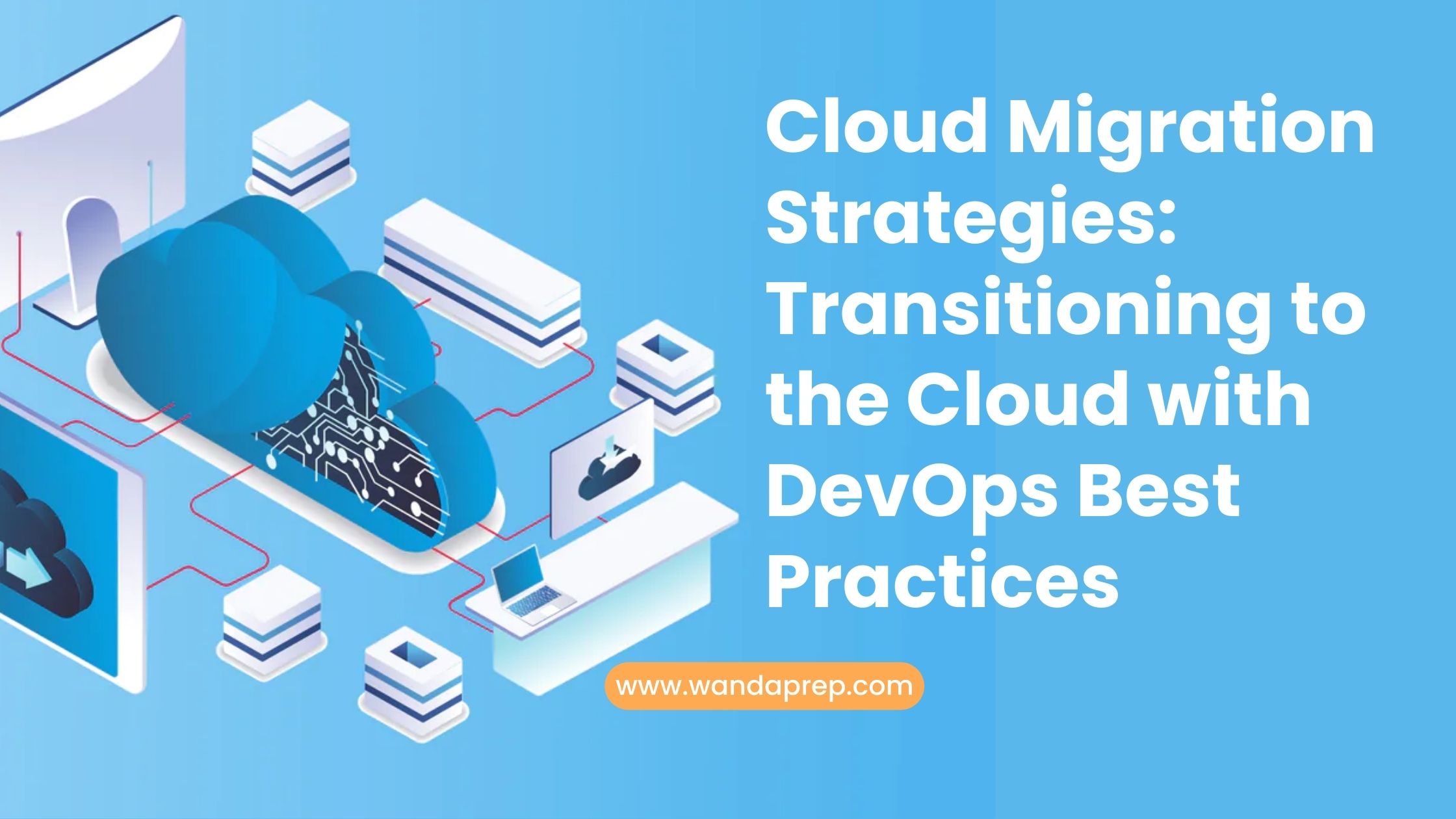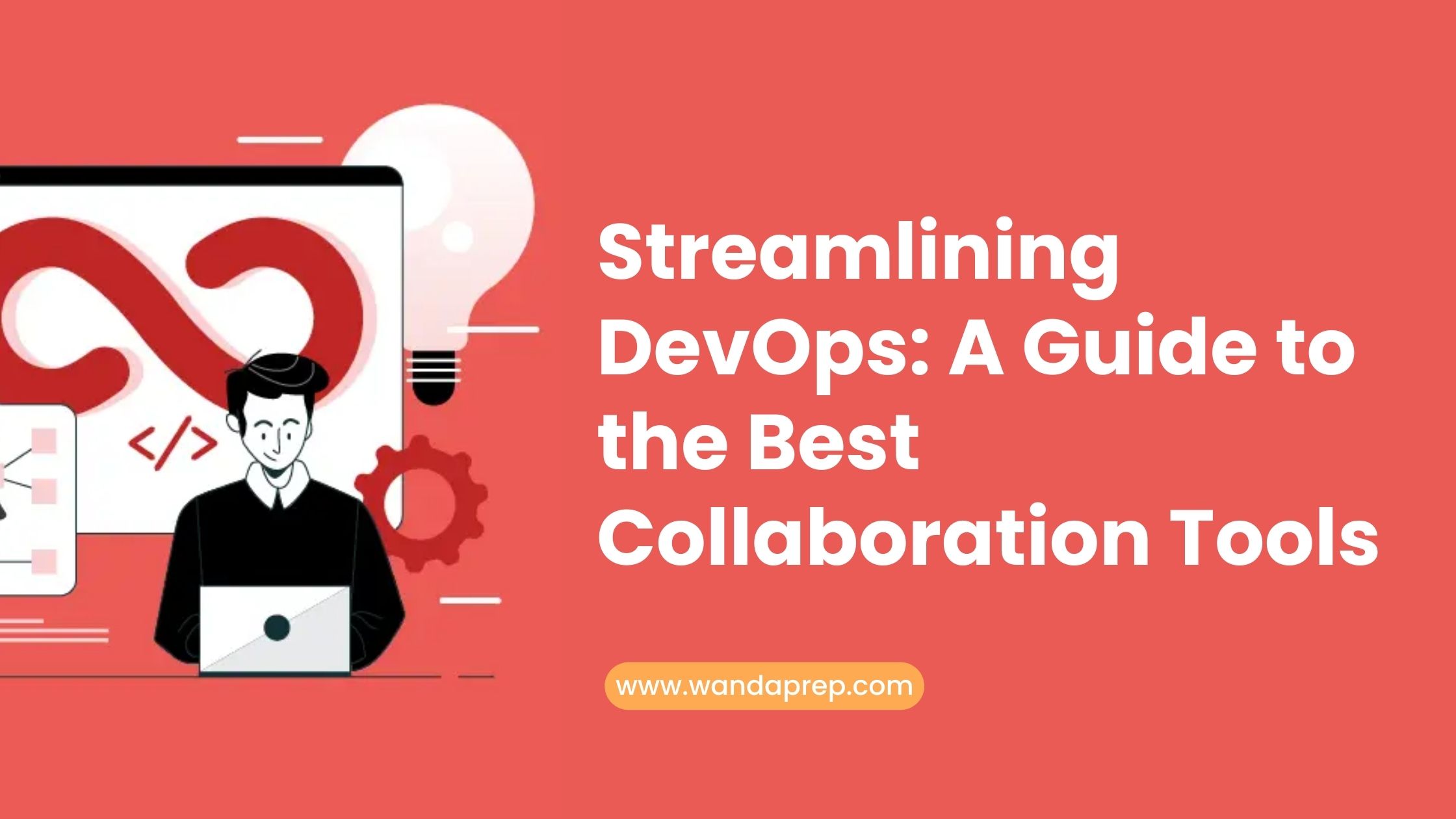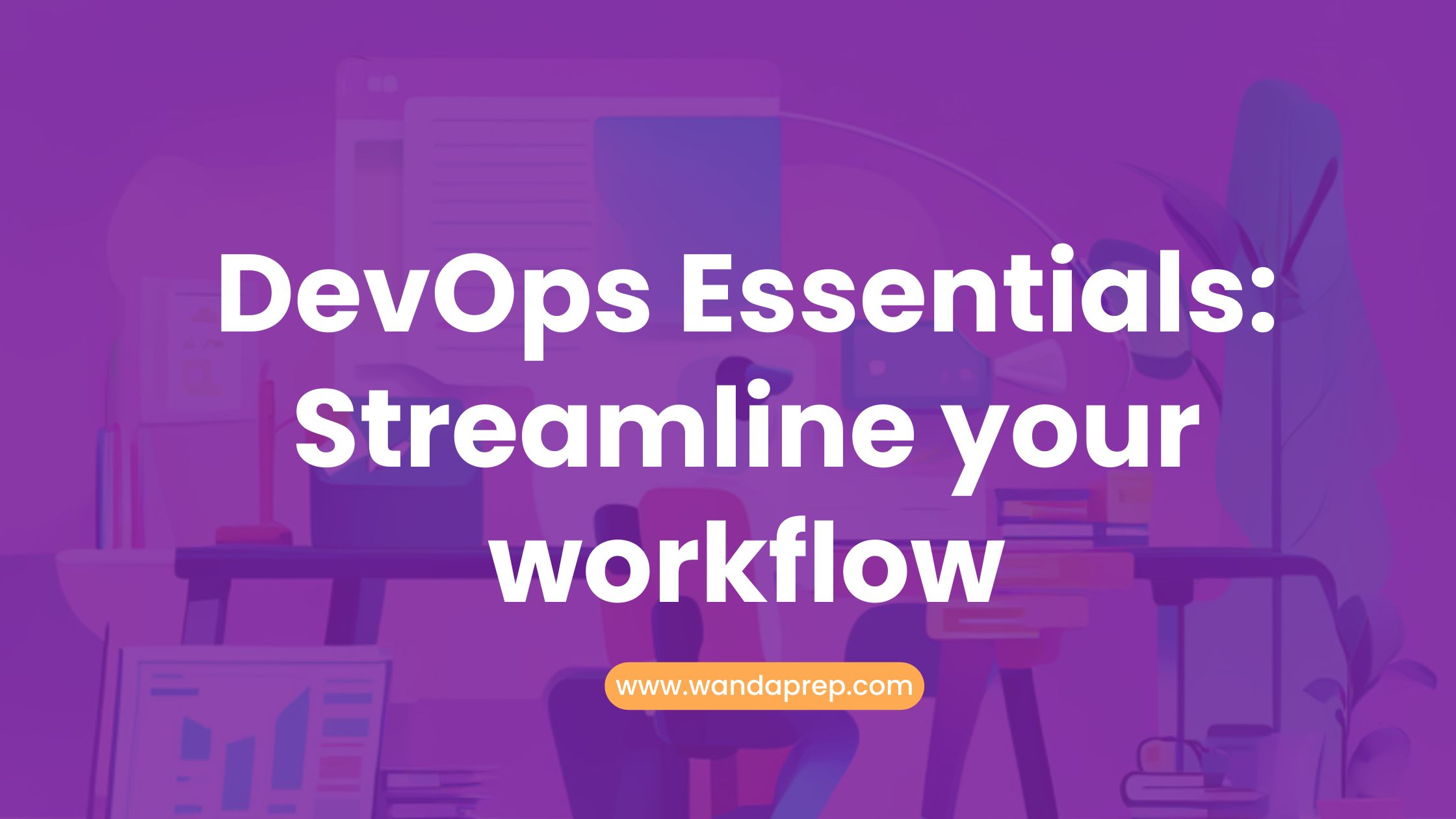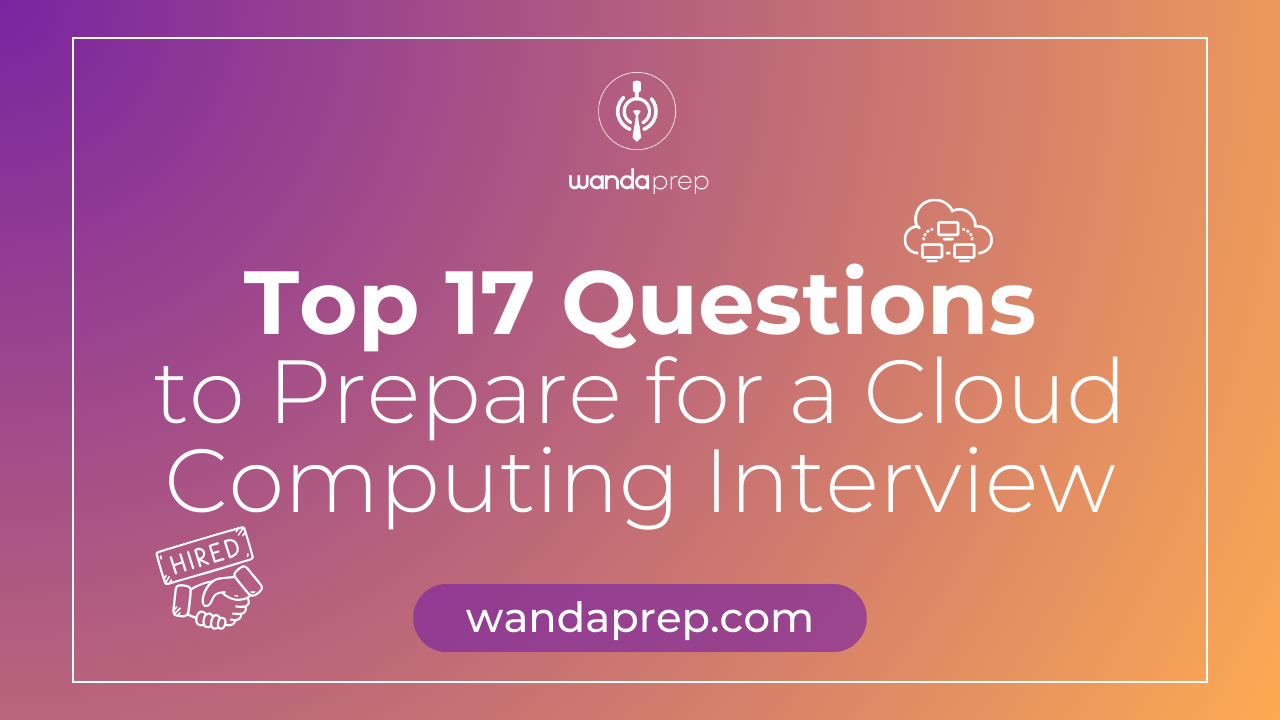The deployment, management, and scalability of apps have all been transformed by Kubernetes. It is an open-source container orchestration platform with strong capabilities that offers a stable foundation for developing and managing distributed systems. Because Kubernetes automates a large number of the manual activities associated with container management, development and operations teams are free to concentrate on creating cutting-edge applications.
Kubernetes Fundamentals Concept
Pods: The Building Blocks
Definition: In Kubernetes, pods are the smallest deployable unit. They are made up of one or more containers that share a volume and network namespace.
Key Components
Containers: A Pod’s central execution units that are each responsible for managing a distinct process.
Shared Network Namespace: Assures that no extra setup is needed for communication between any of the containers in a pod.
Shared Volume: Enables data and file sharing across containers within a pod.
Deployments: Managing Desired State
Definition: A set of Pods’ intended state is specified by a deployment, which is a declarative resource. To maintain the desired state, they oversee the development, modification, and scalability of Pods.
Key Features:
Rolling Updates: Provides uninterrupted, phased updates to pods.
Replica Sets: Guarantee that a predetermined quantity of Pods are operational at all times.
Health Checks: Keeps track of Pod health and swaps out unhealthy ones on autopilot.
Services: Exposing Applications
Definition: For a group of Pods, services offer a reliable network endpoint. They facilitate application access and management by abstracting away the underlying network details.
Types of Services
ClusterIP: Only accessible from within the Kubernetes cluster
NodePort: Allows all cluster nodes to have a static port open.
LoadBalancer: To expose the service to the internet, a load balancer is created within the cloud provider.
Ingress: A more sophisticated kind of load balancer for HTTP(S)
Namespaces: Organizing Resources
Definition: Namespaces are logical boundaries that facilitate resource management and isolation inside a Kubernetes cluster. They enhance the management of various environments, teams, and projects.
Key Benefits
Isolation: Prevents disputes between members of several projects or teams.
Organization: Offers a methodical approach to resource management and tracking.
Security: By restricting access to resources inside certain namespaces, security is improved.
Core Concepts and Best Practices in Kubernetes
Declarative vs. Imperative
Declarative: You use YAML or JSON configuration files in Kubernetes to specify the intended state of your application. The desired state and the present state are then automatically reconciled by Kubernetes. This method is frequently used since it is easy to maintain and straightforward.
Imperative: Imperative techniques entail giving Kubernetes precise instructions, such adding or removing certain resources. This can be more intricate and prone to mistakes, even if it can provide more precise control.
Immutable Infrastructure
Definition: Infrastructure that is immutable prohibits changes to resources (like Pods) after they are established. Rather, new resources are produced in order to effect changes. Rollback capabilities, consistency, and dependability are all enhanced by this method.
Benefits
Simplified management: It’s simpler to keep track of changes and go back in time.
Increased reliability: Decreased possibility of mistakes or configuration drift.
Improved security: Security flaws are simpler to identify and isolate.
Definition: The automated administration of containers is referred to as container orchestration. An effective platform for managing the deployment, scalability, and health of containers is offered by Kubernetes.
Important characteristics:
Self-healing: Kubernetes swaps out unhealthy Pods on its own.
Horizontal scaling: In response to demand, Pods automatically scale up or down.
Service discovery: Finds and registers services inside the cluster automatically.
Networking
Kubernetes Network Model: Kubernetes employs a network paradigm in networking that enables communication between Pods without the need for explicit IP addresses.
Pod IP: Inside its namespace, every Pod is given a distinct IP address.
Service IP: Services give a group of Pods a reliable network endpoint.
Network Policies: To regulate communication amongst Pods, Kubernetes offers network policies.
Persistent Volumes (PVs): PVs are a type of cluster storage that Pods are able to utilize.
Persistent Volume Claims (PVCs): Pods submit PVCs to request storage. PVCs and PVs are matched by Kubernetes using a number of factors.
Storage Classes: These classes specify the many kinds of storage that the cluster is capable of using.
By understanding and applying these core concepts and best practices, you can effectively leverage Kubernetes to build and manage scalable, reliable, and efficient applications.
Interview Questions and Tips
Be Prepared to Discuss Real-World Kubernetes Use Cases:
- Give particular instances of the Kubernetes applications you have worked on.
- Describe the difficulties you encountered and how you used Kubernetes to overcome them.
- Describe the advantages Kubernetes brought to your company.
Demonstrate Your Understanding of Kubernetes Concepts Through Practical Examples:
- To demonstrate your comprehension of important ideas, provide specific examples (Pods, Deployments, Services, etc.).
- Describe how you would handle typical Kubernetes issues (such as setting up network policies or debugging a pod crash)
Explain How You Would Troubleshoot Common Kubernetes Issues:
- Show that you are capable of identifying and fixing Kubernetes-related problems.
- Talk about the tools you would use and your troubleshooting procedure.
Be Familiar with Popular Kubernetes Tools and Technologies:
- Learn about well-known tools such as KubeSphere, Istio, and Helm.
- Recognize their advantages and how to apply them to improve Kubernetes installations.
Show Your Ability to Think Critically and Problem-Solve in a Kubernetes Environment:
- Be ready to respond to hypothetical inquiries that call on you to use your Kubernetes expertise.
- Show that you have the critical thinking and innovative problem-solving skills necessary.
Kubernetes has become an indispensable tool for modern application development and deployment. By mastering the fundamental concepts, core principles, and best practices outlined in this article, you’ll be well-equipped to excel in Kubernetes-related interviews and contribute effectively to Kubernetes-based projects. Remember to focus on practical experience, problem-solving skills, and a deep understanding of Kubernetes’ underlying architecture.
Advanced Topics
- Stateful Applications: Discuss how to deploy stateful applications using Kubernetes, including techniques like StatefulSets.
- Operator Pattern: Understand the Operator pattern and its benefits for managing complex applications.
- Custom Resource Definitions (CRDs): Learn about CRDs and how they can extend Kubernetes functionality.
- Security: Discuss security best practices in Kubernetes, including network policies, RBAC, and image scanning.
- Monitoring and Logging: Understand how to monitor and log Kubernetes applications effectively.

